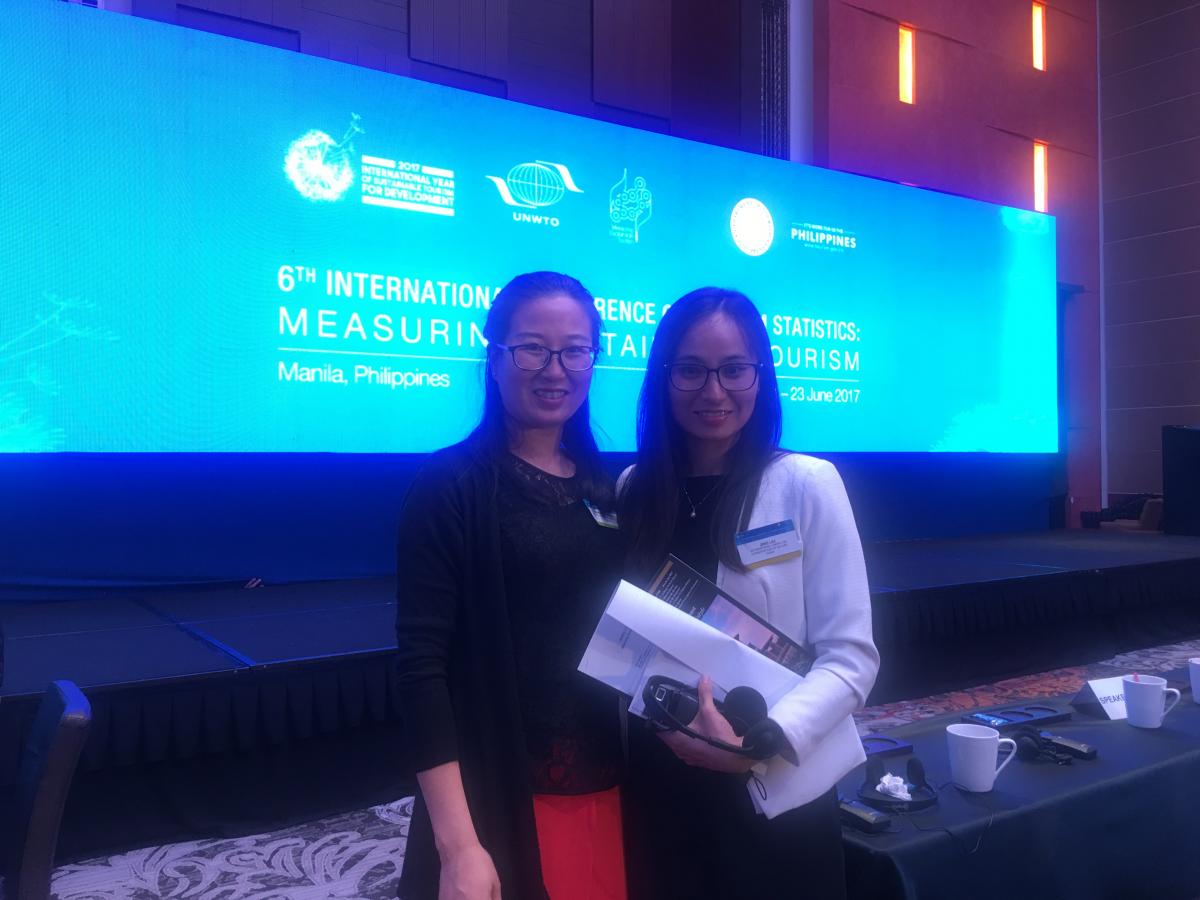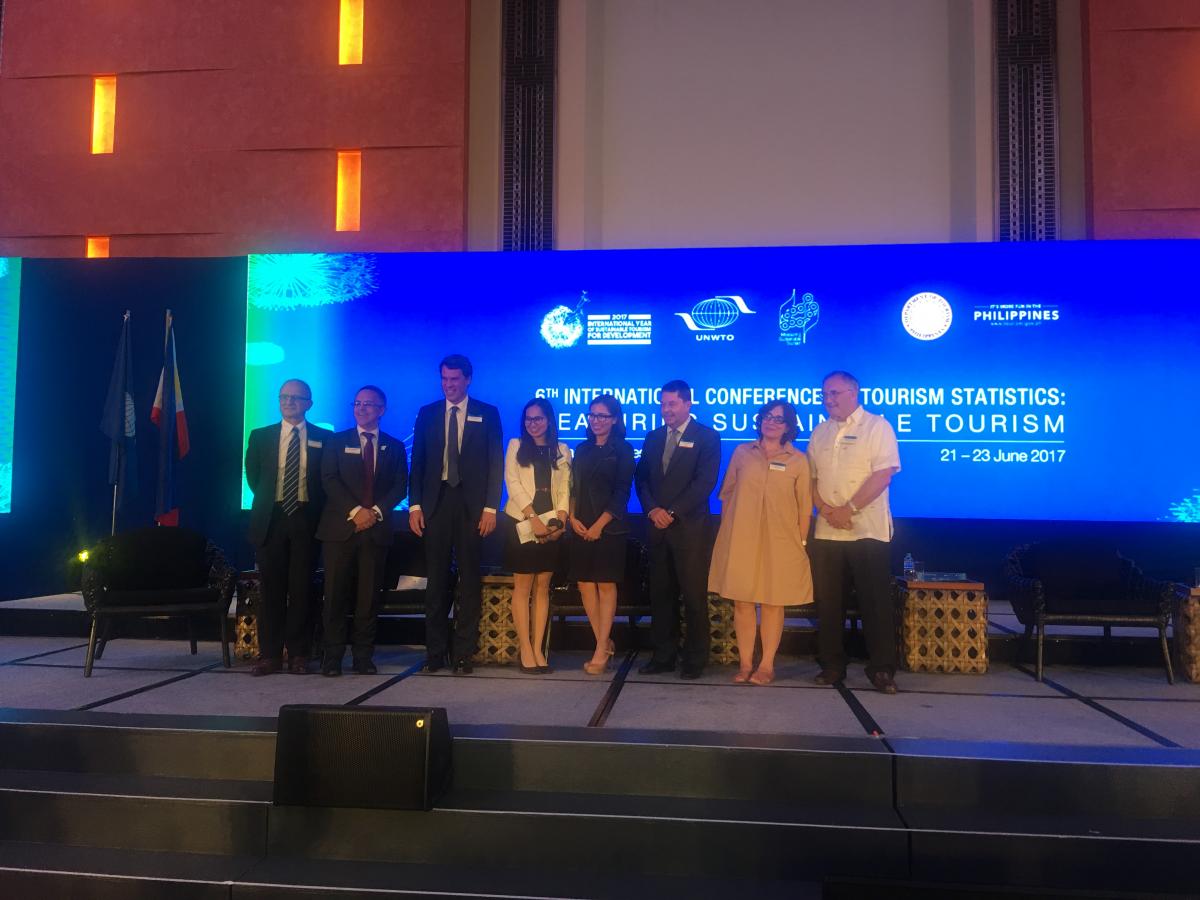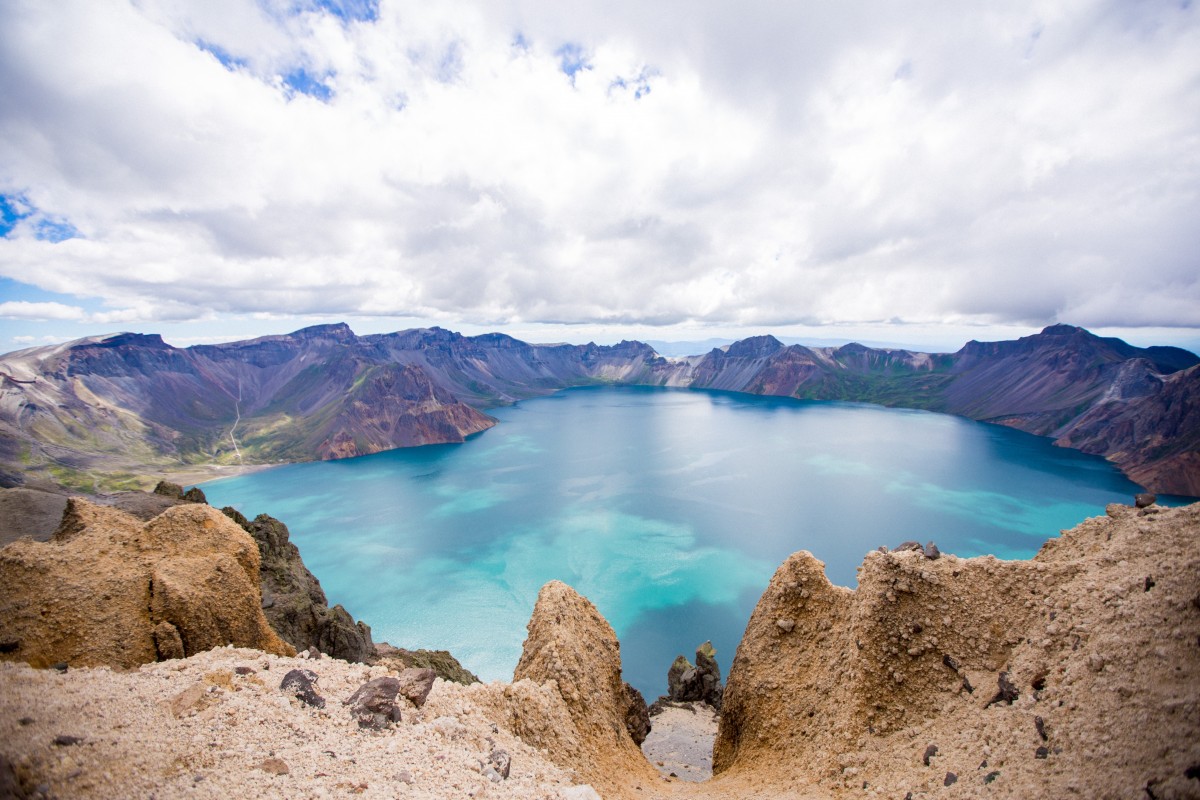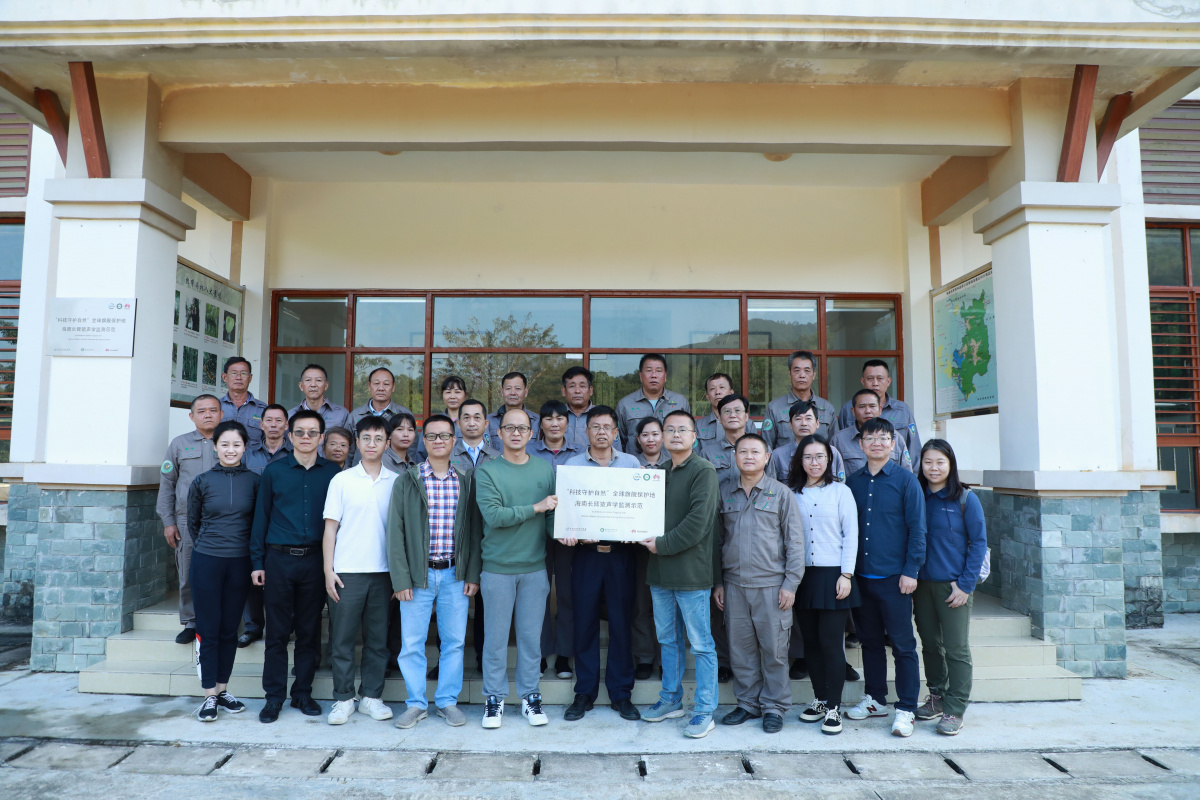Measuring Sustainable Tourism and the IUCN Green List
Sustainable tourism is increasingly relevant in national agendas for its role in fostering economic growth, social inclusiveness, and the protection of cultural and natural assets. IUCN China was invited to the 6th UNWTO International Conference on Tourism, to share information on the IUCN Green List initiative, and as a tool to strength sustainable and effective management.
Sustainable tourism plays a crucial part in the IUCN Green List initiative, encouraging PAs to look at their management structures and outcomes referring to its standard, and to develop effective management plans, mindful of tourism activities and potential threats and risks for visitors.
The goal of the IUCN Green List is to increase and recognise the number of protected and conserved areas globally that are fairly governed, and effectively managed. As a part of the Green List platform, protected areas can now showcase their management talents and get acknowledged worldwide, under the core Green List pillars; good governance, sound design and planning, effective management, and conservation outcomes. Unlike World Heritage and other global initiatives, the IUCN Green List also recognises the human factor in the sustainable development of protected areas and the work supported by managers, staff, tourists, local communities, and other stakeholders.
Mount Huangshan World Heritage site plays a key role in leading the way for implementing Green List standards. Having met all indicators of the Green list standards, it uses the standard as a tool to improve their management effectiveness into the future. Its intrinsic beauty stresses the importance of developing of a long-term development goal for generations to come as one of the most highly regarded and visited mountain sites in China. With millions of visitors and enough income generation from tourism to support local communities and sustainable management, it is a model for other sites in China and the world.
In part with site staff and the Monitoring Centre for WNWTO Sustainable Tourism Observatories (MCSTO), Mount Huangshan has set its long-term goal of achieving sustainable development in the next ten years. Data is collected regarding biodiversity and tourism supports a database of a systematic eco-environment monitoring system to assess its biodiversity value. Consequently, a sustainable visitation plan is set up to ensure human activities in the site are properly managed to encourage the effective management of sites for both people and nature.
It is to our hope, that given the fact that the world needs a credible and shared language in measuring sustainable tourism, organisations such as IUCN and UNWTO, could work closely together in developing global framework and promote sustainable human activities, especially in protected areas.
Resources:
- Liu, J (2017). “Measuring Sustainable Tourism : Trip Report on the 6th UNWTO International Conference on Tourism statistics”. International Union for the Conservation of Nature.
- Mount Huangshan World Heritage site
- World Heritage Outlook





